
A mild, wet year has boosted the fortunes of landscapes hit by 2022’s scorching drought – but spelled bad news for some wildlife, the National Trust said.
– Winners
Among the winners in 2024 was the heather at Dunwich Heath in East Anglia, home to species including nightjar, woodlark and adders, which had suffered a 60% loss due to extreme heat and drought conditions in 2022.
A drone survey in June revealed 11% of the damaged heathland heather had come back to life following spring rainfall.
John Deakin, head of trees and woodland at the National Trust, said older trees looked much healthier this year due to high levels of rainfall, while temperate rainforests in the charity’s care “appeared much more verdant and alive”.
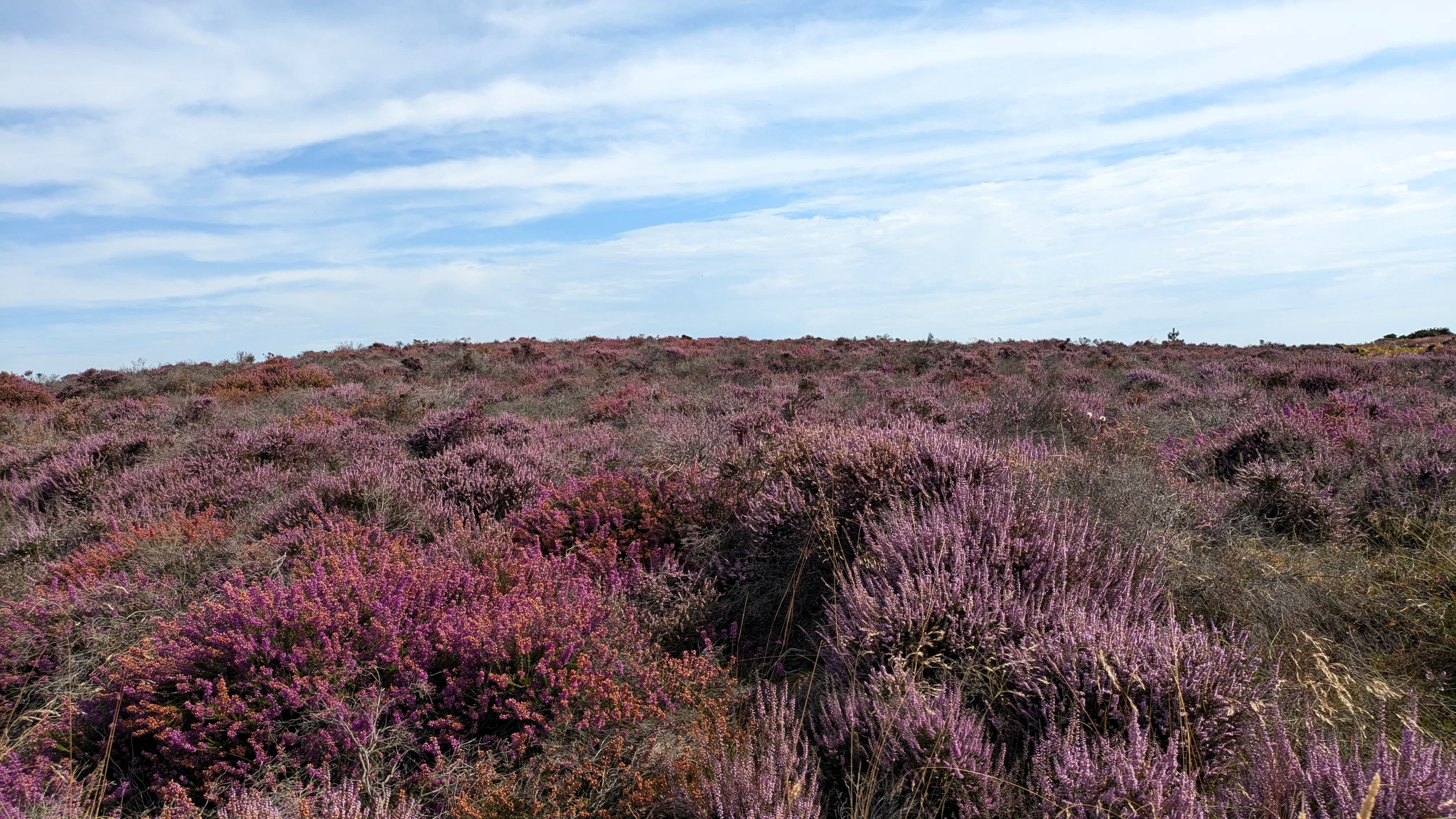
Newly planted trees, which are particularly vulnerable to dry conditions, did much better, with a 90% survival rate for saplings going in this year, compared to losses of 40-50% in 2022 and 2023, although the rain did mean teams had to control the vegetation growing around the new trees.
There was good autumn colour, with trees keeping their leaves well into November due to the lack of frosts and plenty of water, while the spring rainfall helped reinvigorate some ash trees fighting the disease ash dieback, the trust said.
Grey seals established their first colony in Suffolk, at Orford Ness, in a sign of the species’ continued recovery, with the seals thought to have chosen to breed there due to the low risk of disturbance in the remote spot and as numbers spilled over from other colonies along the coastline.
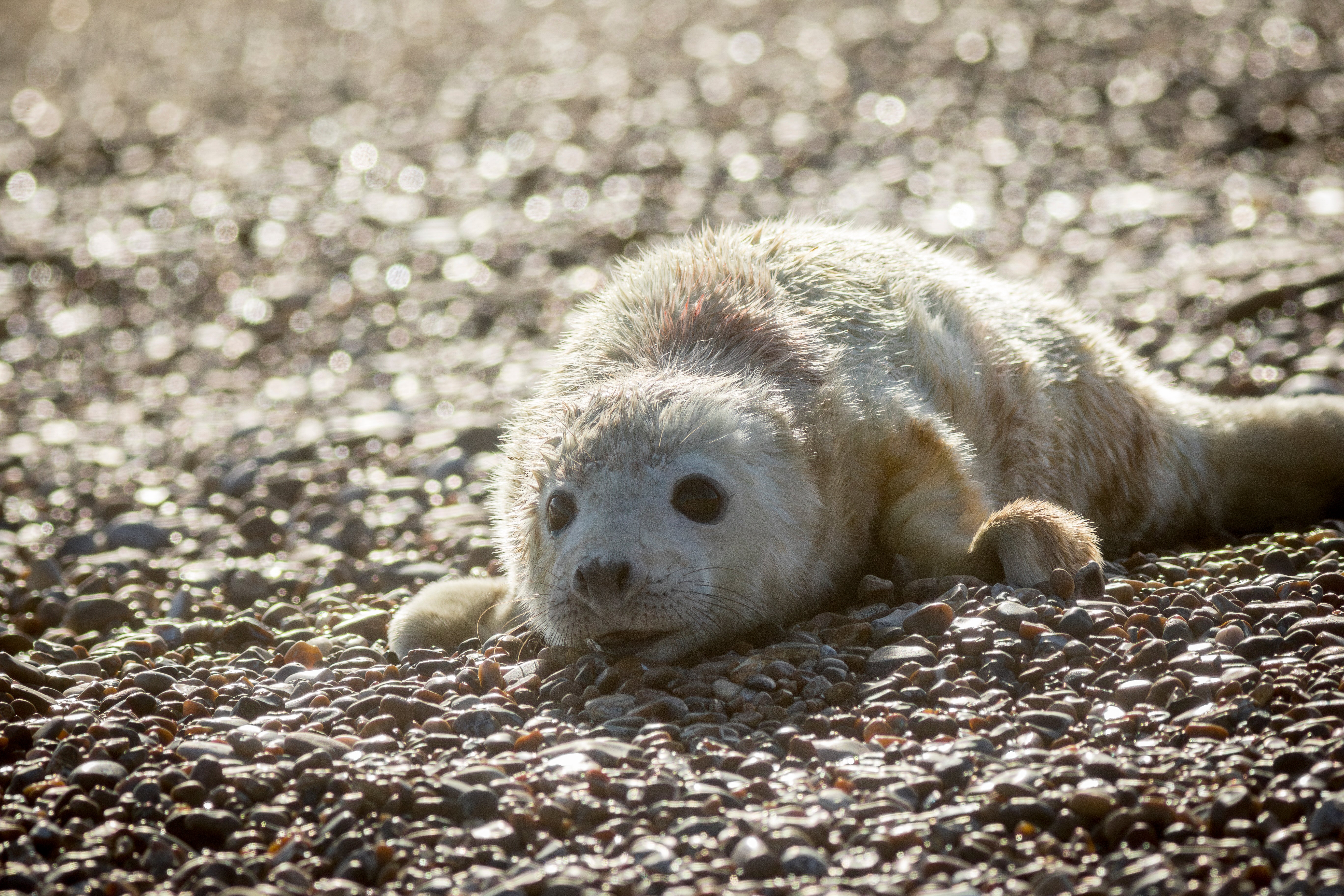
Small mammals and birds of prey had a good year at National Trust sites, including a boom in field voles at Mottisfont, Hampshire, which helped barn owls, kestrels and tawny owls.
And there is a dense population of water voles – and a boost to kestrels and barn owls – in new wetlands at Holnicote’s river restoration project in Somerset.
A cool damp autumn with no frosts helped grassland fungi in a number of places, the trust said.
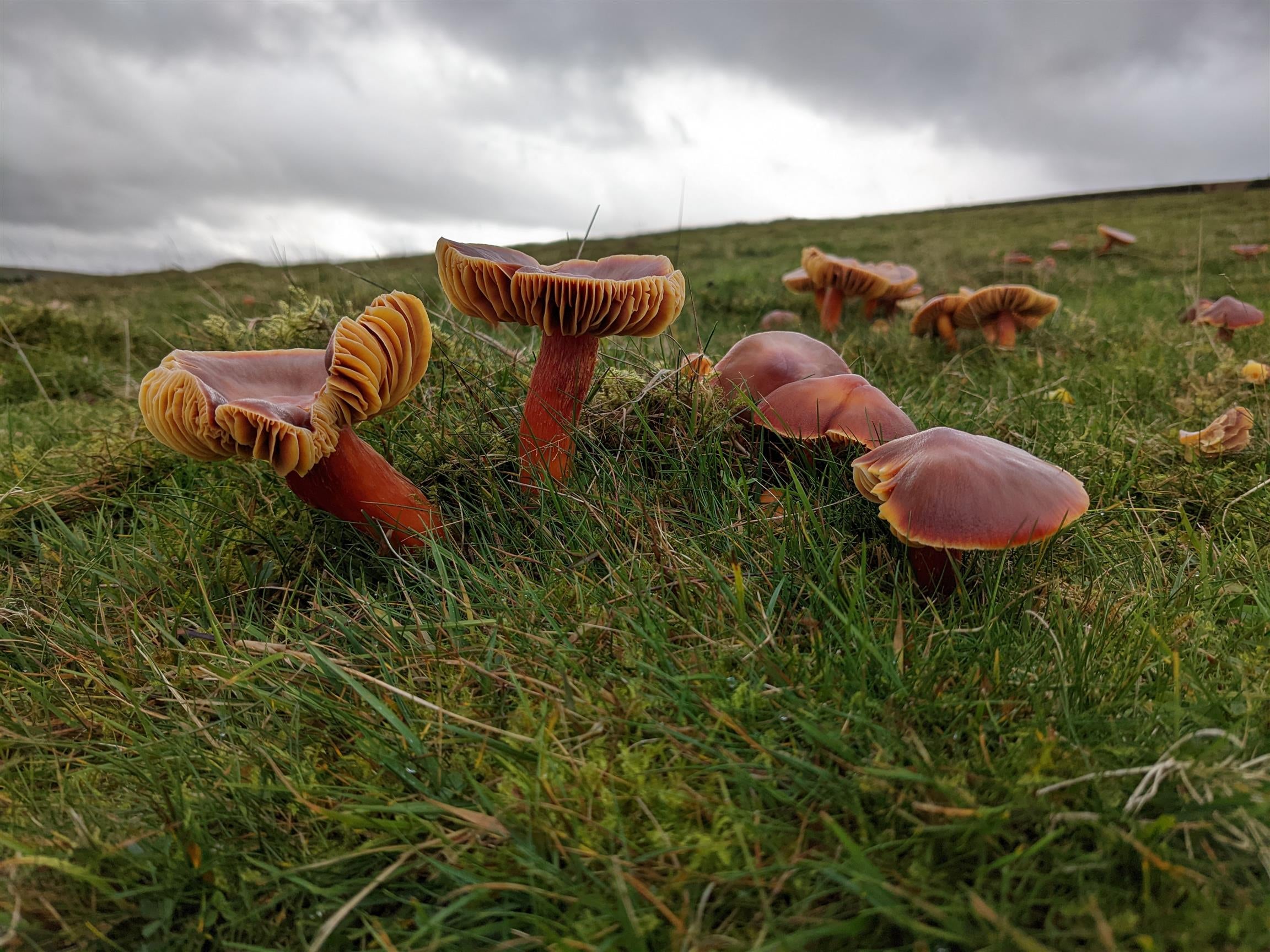
– Losers
The wet and cool spring hit insects, with butterfly numbers much lower than normal, and some previously recorded species not seen at all at some National Trust properties.
At Barrington Court in Somerset, butterflies were almost completely absent from the gardens until late August, numbers were half normal levels at the Giant’s Causeway in Northern Ireland and their lowest in 15 years of recording during “peak” week at Wicken Fen in Cambridgeshire.
Bees also struggled in many places although there were positive sightings of the rare bilberry bumblebee in the Shropshire Hills, where conservation work has restored old hay meadows.
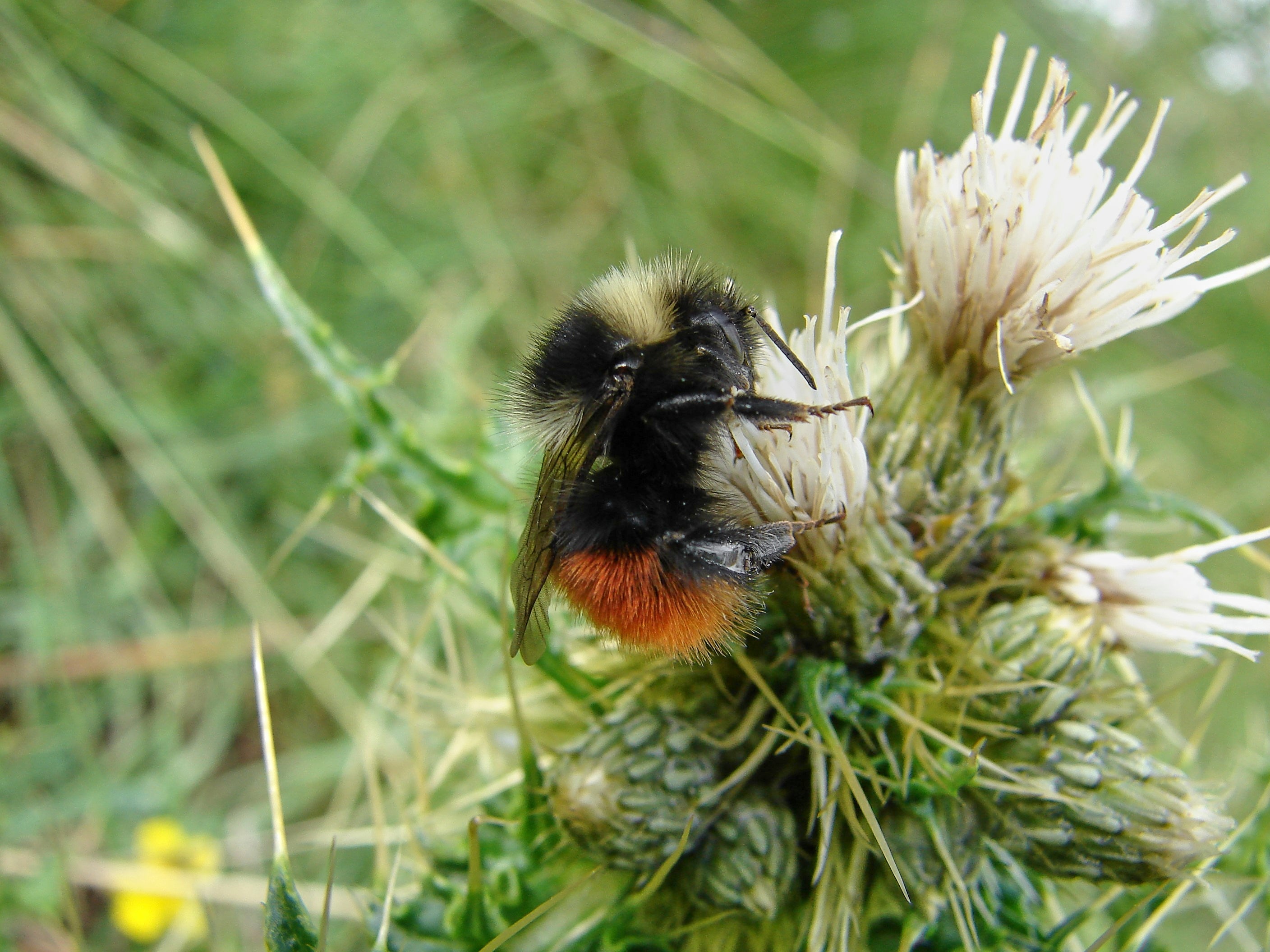
There was a lack of rare natterjack toadlets at Formby, and a similar story at other sites along the Sefton coast, with much later breeding and spawn not seen until May when it was at risk of high winds and being washed away.
High levels of rain at the beginning of the year on the Sefton coast led to large, deep pools that were not warm enough for tadpoles to turn into toads, the trust said.
Bats in some roosts were down on last year, with some sites seeing significant drops due to the wet, cool weather reducing opportunities to feed and lower numbers of insects to feed on.
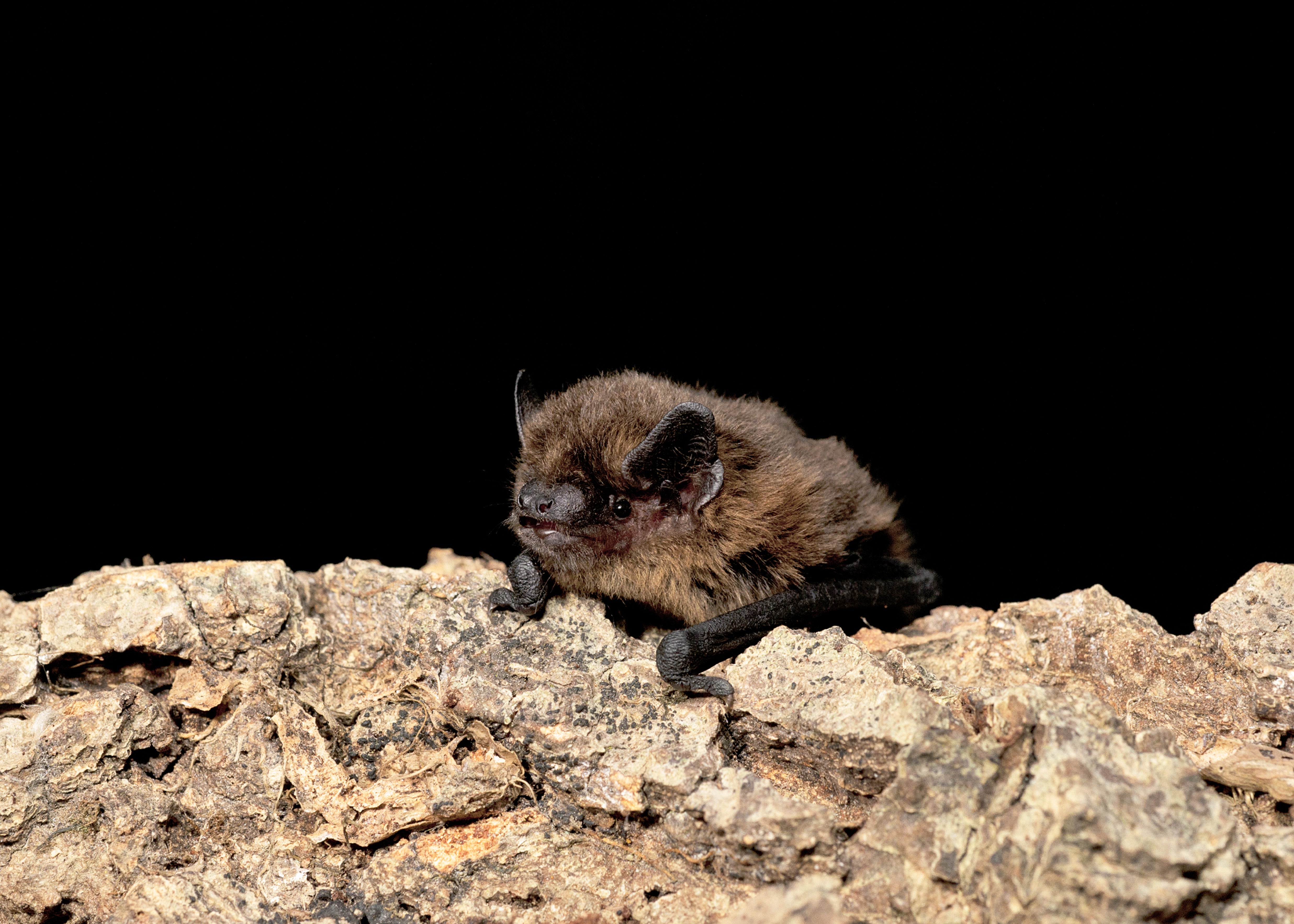
And wading birds such as avocet, lapwing and redshank had a poor breeding season on the east coast due to the weather, while curlews on the Ysbyty Estate in Wales struggled with nine chicks dying from exposure or starvation.
Elsewhere, it was a mixed picture for seabirds, with no signs of bird flu on the Farne Islands, off the Northumberland coast, and at Long Nanny, where Arctic tern numbers were lower than in 2023 due to the disease but were higher than expected.
Puffin numbers on the Farnes were declared stable but European shag numbers were significantly down – with rangers saying it was likely due to more extreme weather and frequent storms – while terns there recorded big losses.
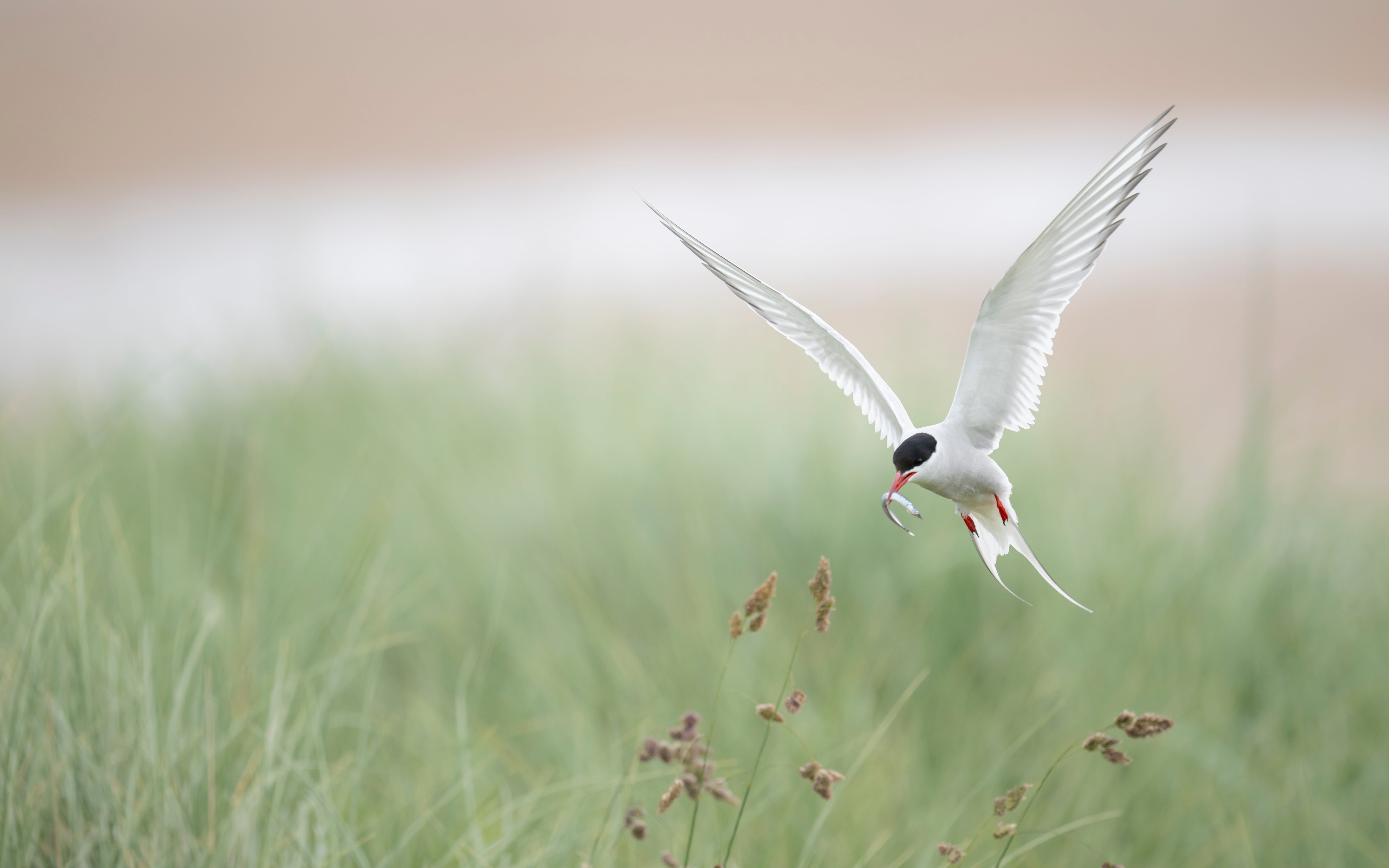
Disease also affected white clawed crayfish in the River Wansbeck catchment in Northumberland, while sooty bark disease is starting to hit sycamore trees weakened by the 2022 drought in the east of the country, the National Trust said.
Other weather impacts
Great crested newts in Pembrokeshire were seen doing mating displays in January, two months early, because of the mild winter, which also caused a boom in slug and snail populations.
And frogspawn on the Lizard, which is typically spotted from March onwards, but can regularly be seen in November or December, was spotted unusually early in October.







